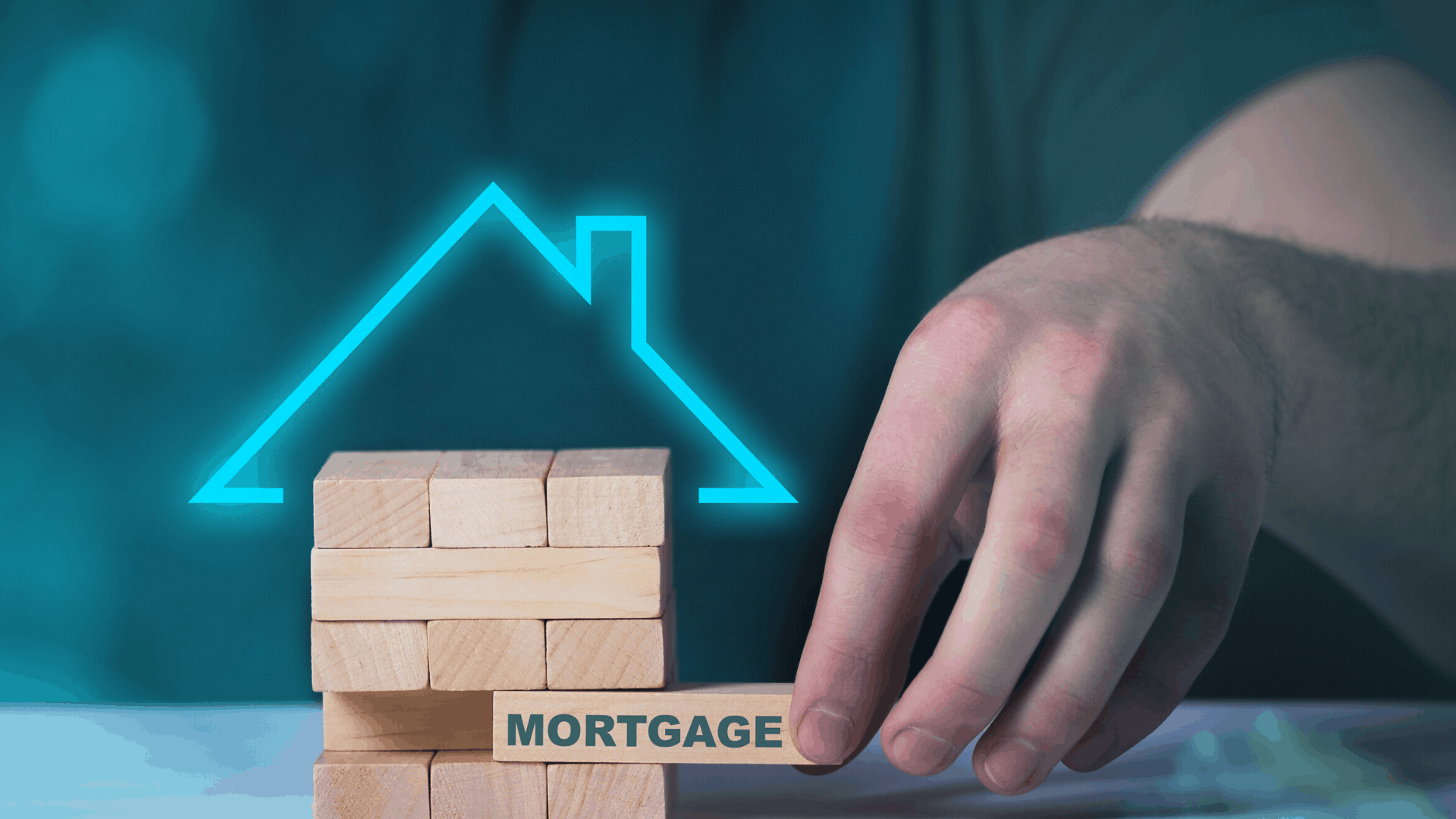Table of Content
In many cases, decreased interest rates are only temporary until a person is able to overcome his or her financial hardship. Extending the length of your loan is another strategy lenders use to make the monthly payments more affordable. For example, if you have a $100,000 mortgage at an interest rate of 4% with 15 years left, you would pay $740 per month. If you extend that loan by 10 years, you end up paying $528 per month.
The authors have written thousands of blogs specific to FHA mortgages and the site has substantially increased readership over the years and has become known for its “FHA News and Views”. If you are worried about being able to afford your mortgage payments, a simple phone call could save your home. If you are still unsure about talking with your lender, you can always contact us here at home.loans, and our mortgage specialists will help you find the right solution for your situation. The stress is then compounded with the fear of losing your home by defaulting on your mortgage payments.
The Flex modification program -- qualifying
In order to be reviewed for a loan modification, you may need to fill out an application with your mortgage servicer. You may also need to provide documentation of your income, assets, and debts. This documentation might include tax returns, bank statements, a recent utility bill, and proof of income, which includes paystubs, profit and loss statements, rental leases, and benefit award letters. The mortgage servicer will likely send you a loan modification application in the mail or one may be available for download on the servicer's website. The more organized you are, the sooner the mortgage servicer can provide an answer.

They're also called “traditional” or “proprietary” loan mods because they existed before the government's now-expired HAMP modification program. You also have the right to receive a detailed accounting of your mortgage loan. Some servicers may give you a computer print-out that is difficult to understand.
Mortgage Relief Project
Making payments for that long is a hindrance to any savings you could be making towards retirement, or tuition fees for your children . If you are considering a mortgage loan modification, it all starts with a call to your lender. Discuss the reason behind seeking assistance and ask about your options. Many homeowners are scared to discuss this in fear that the lender will automatically try to muscle them out of their residence. Many state or local housing agencies operate their own mortgage modification programs.
A home equity loan is a form of credit where your home is used as collateral to borrow money. You can use it to pay for major expenses, including education, medical bills, and home repairs. But, if you cannot pay back the loan, the lender could foreclose on your home. Learn about the HUD Title 1 Property Improvement Loan program. Loan amount and repayment terms are limited based on the type of property.
How to Qualify for a Mortgage Modification
If you are unable to make payments on time, you could end up losing your home. If you can't afford to pay your home heating or cooling bill, you may be able to get help from the government or your local social services agency or nonprofit. You must have a first-lien mortgage, which entitles your lender to be paid first in the event that you default on the mortgage loan.

Ultimately, the point remains to lower the borrower’s monthly mortgage payments. A home loan or mortgage modification is a relief plan for homeowners who are having difficulty affording their mortgage payments. Borrowers who qualify for loan modifications often have missed monthly mortgage payments or are at risk of missing a payment. For borrowers with mortgages under Fannie Mae or Freddie Mac, another option currently exists. Touted as a program to help prevent foreclosure, the Flex Modification Program was created in late 2017 with the goal of being a more modern take on HAMP, with more flexible borrower criteria than its predecessor. The program is meant to reduce monthly mortgage payments by up to 20%.
Each local LIHEAP office sets its own eligibility requirements. The Weatherization Assistance Program provides households with free weatherization services. To be eligible, a household must have an income below a certain amount. The program's goal is to improve the energy efficiency of homes. Doing so can help families save on heating and cooling costs while staying safe and healthy.

If you have home equity financing or any other liens on the property, they may need to be addressed separately from your first mortgage. Make sure you contact any other lien-holders to find out what options you may have. We help people file for bankruptcy relief under the Bankruptcy Code.
This lowers your payments but increases the time over which you pay. Whether a lender decides to reduce the principal likely depends on the current local housing market, how much you owe and what their loss would be if they went this route versus a foreclosure. If you’re suffering from financial hardship, be sure to talk to your lender right away. Find out whether you qualify for a loan modification, per their rules, and if that solution makes sense for you.

When a homeowner stops paying their mortgage, the bank starts charging them fees, and won't accept mortgage payments again until the homeowner pays for all the missed payments and fees. If the homeowner can't afford that, they stay in default and will eventually lose their home to foreclosure. A loan modification is a permanent change to one or more of the terms of a mortgage, such as its monthly payment, principal balance, or term length. Some homebuyers are privy to loans with high interest rates. If a person’s financial status changes, a high interest rate can make it difficult to repay a loan, which can lead to late and missed payments or even foreclosure. It may be possible to negotiate your interest rate with your lender so it’s more manageable.
Not completing your financial statements so that they prove in black and white that you cannot afford the current payment, but will in fact be able to afford and maintain your new modified mortgage payment. The biggest reason for a borrower not getting the loan modification they need is not proving to their lender that they will not be a risk for re-default after the loan workout. In-house loan modifications are given by a lender according to their own guidelines.
If you are struggling to pay or have already defaulted on your mortgage, you can take action to avoid foreclosure. While each homeowner's situation is unique, here are some guidelines on getting help. Unfortunately, while the woes of the mortgage crisis have subsided, many Americans are still living without any savings. When those homeowners experience a genuine hardship, it quickly becomes difficult to pay their mortgage.

No comments:
Post a Comment